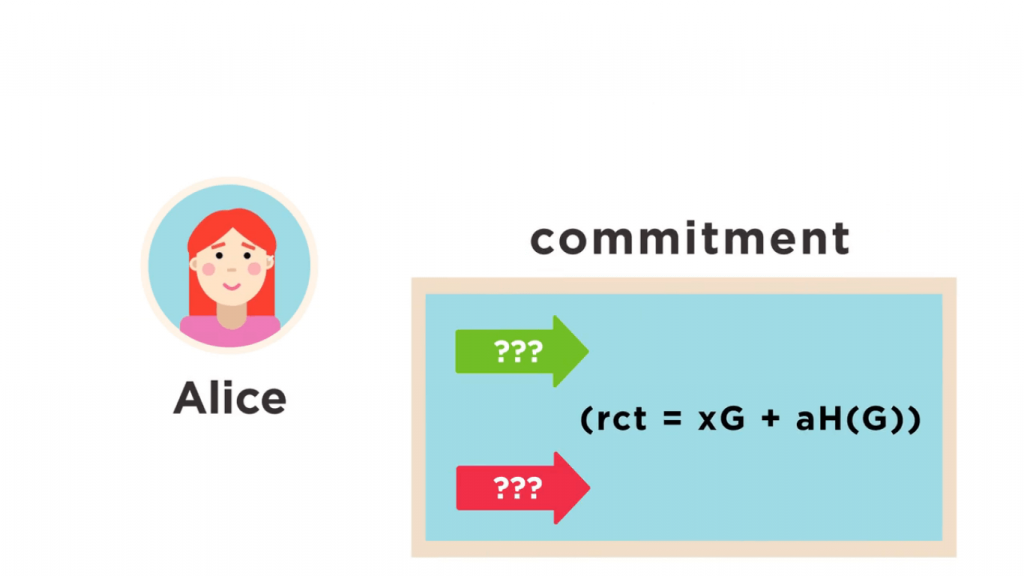Monero is a privacy-focused cryptocurrency that was launched in 2014. Its primary focus is on private and censorship-resistant transactions. Monero uses various privacy-enhancing technologies to ensure anonymity and make every user anonymous by default. Monero transactions are confidential, untraceable, and every transaction is private, making it a true fungible currency. Monero is decentralized and attracts the world’s best cryptocurrency researchers and engineering talent. The Monero Project is constantly working on new, innovative technologies.
Monero Quick History

Monero’s history dates back to the launch of Bytecoin somewhere between 2012 and 2014, which was then forked by a group of developers to create Monero. It is a decentralized, secure, and private cryptocurrency that allows users to transact with complete anonymity. Monero’s privacy features are achieved through innovative technologies such as CryptoNote and ring signatures.
These technologies enable Monero’s transactions to be untraceable to the public, ensuring user anonymity by default. Monero’s privacy-focused approach has made it popular among cryptocurrency enthusiasts, but it has also attracted controversy due to its association with illegal activities.
Despite the controversies, Monero has a unique use case of providing access to a digital economy for those without banking facilities. Monero’s simplicity to mine and privacy-enhancing features make it an attractive option for investors. The future of Monero is yet to be seen, but it has shown resilience and has captured a significant market share in the cryptocurrency space. As the demand for privacy-focused cryptocurrencies grows, Monero is poised to remain a popular option for those seeking privacy in their transactions.
Blockchain Transactions Anonymity
Overview & History
Electronic currency privacy has been a long-standing issue that researchers and developers have been working to address. The concept of ideal e-currency was first introduced in 1991 by Tatsuaki Okamoto and Kazuo Ohta from the NTT research laboratory. Their idea stated that “the relationship between the user and their purchases must be untraceable by anyone.”
In December 2012, the foundation for Monero was formed by Nicholas van Saberhagen, which was based on two critical concepts: untraceability and unlinkability. Monero’s untraceability feature ensures that all possible senders are equally likely for every incoming transaction. On the other hand, the unlinkability concept ensures that it is impossible to prove that any two outgoing transactions were sent to the same person.
Tackling the Anonymity Issues

To address the anonymity issues, Monero implemented two key strategies.
Firstly, it utilized a “Ring signature”, a development of the “Group signature” used in Bitcoin, to sign each transaction on behalf of a group. This ensured that each transaction could not be traced back to a single sender.
Secondly, Monero adopted linkable anonymity to prevent double-spending. This allowed for each incoming transaction to have an equal likelihood of being sent by any possible sender and made it impossible to prove that two outgoing transactions were sent to the same person. These strategies have made Monero transactions confidential, untraceable, and private, thus providing its users with a truly fungible currency that prioritizes anonymity and privacy.
Anonymity and Privacy: RingCT Solution

The original CryptoNote protocol did not allow for user balances to be hidden, and encrypting them was not a viable solution. To address this issue, Shen Noether from the Monero Research Lab proposed using the Pederson Commitment, which allowed for the amount obligation to be calculated without revealing the actual amount. For a brief explanation of the Pederson Commitment, consult the Monero Wiki.
However, another issue arose with the implementation of Ring Confidential Transactions (RingCT). While it did enable balance hiding, the transaction size increased, which impacted scalability and transaction fees. Furthermore, the large size of the signature meant that the number of possible participants was limited.
Transaction size & RingCT
Overview & Issues to tackle
Monero implemented the RingCT protocol in its transactions after a hard fork on January 10, 2017, beginning at block 1220516, in response to the need for enhanced privacy. During the first month of its deployment, it was noted that roughly 50-60% of transactions used RingCT, demonstrating its usefulness to users.
However, the problem of large transaction sizes persisted, making it necessary to develop a more advanced protocol that could address this issue while still maintaining privacy.
RingCT 2.0 Introduction
The implementation of RingCT 2.0 in Monero addressed the issue of large transaction size. This advanced protocol is based on simpler concepts, such as Pederson’s obligation, a one-way domain accumulator, and a signature of knowledge related to this accumulator. Together, they create a linkable ring signature. A detailed description of the interpretation of RingCT 2.0 used in Monero, along with a Python demo code with examples, can be found online.
The idea of using an accumulator to confirm the validity of a transaction and prevent it from being created out of thin air was proposed in 2013. The signature of knowledge, which solved the problem of the linear dependence of the size of the public key on the size of the group, was first introduced by Swiss researchers from ETH Zurich and UBS Bank back in 1997. With the implementation of RingCT 2.0, Monero transactions are more efficient, scalable, and continue to offer unparalleled privacy and anonymity for users.
Tech Overview
RingCT 2.0 utilizes an accumulator with a one-way domain to reduce the size of Pederson’s commitment compared to RingCT 1.0, where the value obtained is independent of the number of account groups. Additionally, signature of knowledge is used to reduce the size of the Multilayered Linkable Spontaneous Anonymous Group Signature, which is used in RingCT 1.0. In 2019, a document on RingCT 3.0 was published, which introduced the most compact ring signature in history without a “trusted setup,” according to the authors.
Monero and beyond: Bulletproofs

Another key component of Monero’s technology is Bulletproofs. In 2017, a group of authors released a paper titled “Bulletproofs: Short Proofs for Confidential Transactions and More.” This was followed by an enhanced version that was presented at the IEEE Symposium on Security and Privacy in May 2018.
What are Bulletproofs?
One important component of Monero’s technology is Bulletproofs. Developed by a group of authors in 2017 and later presented in an augmented version at the IEEE Symposium on Security and Privacy in 2018, Bulletproofs are short proofs for confidential transactions that require no trusted setup. This means that participants do not need to rely on a friend or a single central authority to verify the validity of the transactions.
When using Bulletproofs in Monero, it is confirmed that the encrypted number is within a specified range, without disclosing any other information about it. Additionally, Bulletproofs ensure that the amount of coins at the input and output of a transaction are equal, preventing the creation of money out of thin air.
Bulletproof technology is based on an article on zero-knowledge proofs for arithmetic circuits, published in 2016. In theoretical informatics, an arithmetic circuit is a calculation model in which inputs pass through a sequence of circuit elements, each of which performs a specific operation to calculate a function of the input data. The authors of the article proposed a zero-knowledge proof to solve the Circuit Satisfiability Problem, which scales logarithmically with the size of the circuit, rather than linearly as before. This technique sounds somewhat familiar, doesn’t it?
Bulletproof: benefits
- They help reduce the size of transactions using Confidential Transaction, but also allow the examiner to combine multiple range proofs for transactions with multiple outputs into one short proof.
- Bulletproof allows implementing protocols of confidential computing with several participants (Secure Multi-party computation, MPC), as well as creating smart contracts with increased privacy.
- Unlike zk-SNARK and zk-STARK, Bulletproof do not require trusted setup and are smaller in size.
- Since the introduction of Bulletproof in Monero code, the transaction size has been reduced by 80%.
Conclusion
As a leading crypto payment gateway, NOWPayments recognizes the importance of privacy in digital transactions. Monero, a privacy-focused cryptocurrency, aligns perfectly with our values, and we are proud to support it as a payment option. Monero’s use of cutting-edge privacy-enhancing technologies, such as CryptoNote and ring signatures, ensures that every user’s transactions are confidential and untraceable, providing true anonymity. Despite its association with illegal activities, Monero has a unique use case in providing access to the digital economy for those without banking facilities, making it a valuable addition to our payment options.

